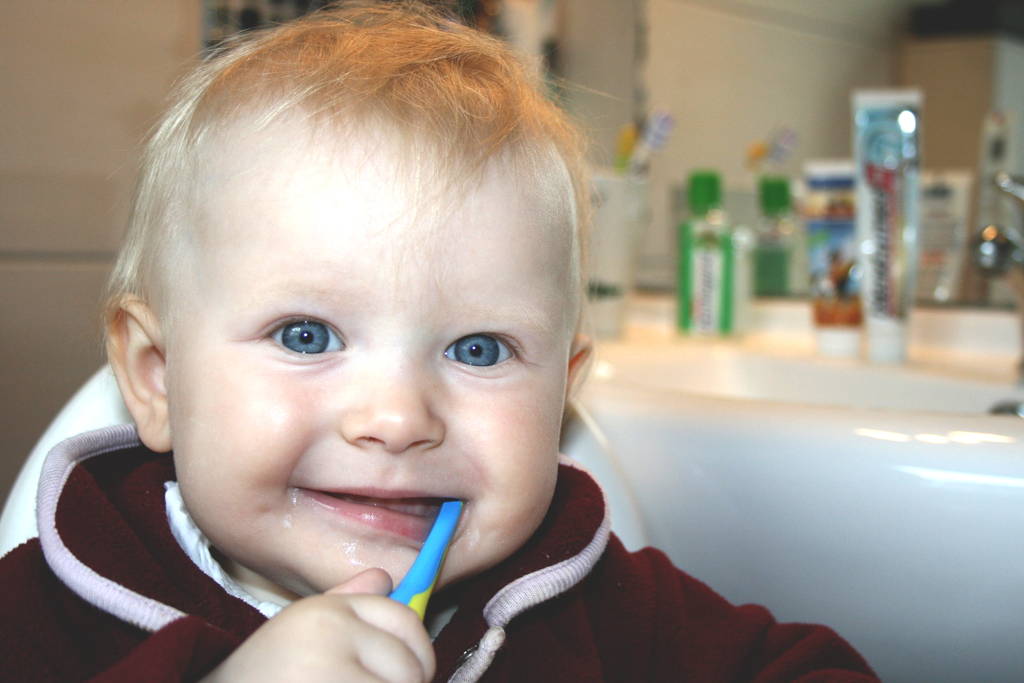Baby Teething Care 101
Keeping your baby's mouth clean from the start will setup healthy habits and diminish the chance of tooth decay in the future, making your lives much easier. Below you will find the information you need to keep on top of your baby's oral health!

When should I start cleaning my baby’s gums?
You can start oral care for your baby right away, but at first the care won’t involve a toothbrush or toothpaste.
How do I clean my new-born’s mouth?
Before your baby’s teeth come in, you can start with the following steps:
Get a piece of gauze
- Gently wipe down your baby's gums at least 1-2 times a day
- Prioritise wiping down your baby's gums after feeding and before bedtime
When should I start cleaning my baby's teeth?
You can already start brushing your baby’s teeth as soon as the first tooth comes through. Use a baby toothbrush with a tiny smear of fluoride toothpaste. Your child’s pediatrician may suggest waiting until four teeth in a row have come out or waiting until a certain age.
It’s important to get your baby used to brushing their teeth as part of their daily routine, so starting early is great, even if you don’t manage to brush much at first. You can also make it easier by letting them see you brush your own teeth – lead by example!
How do I clean my baby’s teeth?
Once your baby’s teeth start to come through you can clean them with a normal toothbrush, but make sure the toothbrush has:
a small head
- a large handle
- soft bristles
Alternatively you can use a finger toothbrush which fits around your finger while cleaning your baby's mouth and teeth.
A finger toothbrush can give you more control than a normal toothbrush and is great for a thorough clean.
To clean your baby’s teeth follow these steps:
Wet the toothbrush for a few minutes in warm water to ensure the bristles are soft.
Apply a tiny amount of fluoride toothpaste (equivalent to the size of a grain of rice) for toddlers up to 3 years old, and a pea-sized amount for children aged 3-6 years.
- Sit your baby on your knee with their head resting on your chest.
- Brush the teeth in small circles, covering all surfaces, and encourage your child to spit the toothpaste out afterwards. There’s no need to rinse with water as that will wash out the fluoride.
- Brush at least twice a day, ideally one of the sessions being before bed.
When your child is ready to start trying to brush their own teeth, make sure you keep supervising them to be certain that they get the right amount of toothpaste and that they’re not licking any from the tube. Continue to supervise brushing until your child is at least 7 years of age.
Interested in a comprehensive guide to baby teething pain, relief and care? Check this article out:
